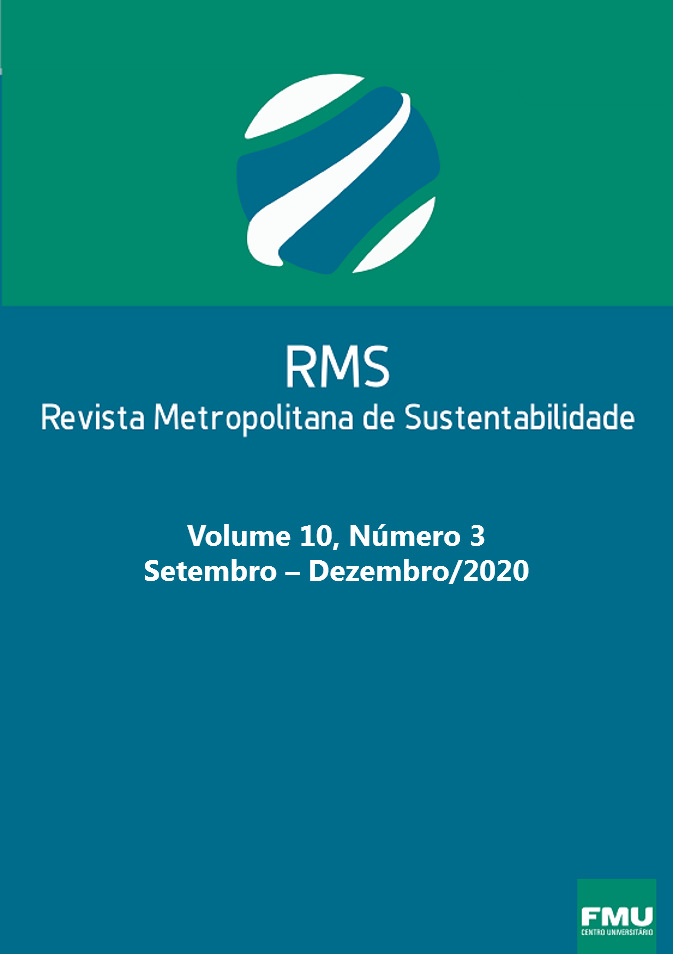Detecting the impact of land use changes on flow hydraulics in Kashafrood and presenting an improvement plan
Palavras-chave:
Kashafrood, use changes, hydraulics, improvement.Resumo
In recent years, the effects of land use change are considered as one of the most important concerns in water management of basins. Kashafrood basin in Mashhad, for various reasons, has been affected by land use change, urban development and agricultural water resources development. Thus, doing a research using a model with a physical and distributive basis is needed to evaluate the effect of land use changes on hydrological components. The area under study is located in Razavi Khorasan province, Mashhad, and includes part of Kashafrood path between Parkand Abad refinery and Olang refinery located at a longitude of "Ž"Ž59° 33' to 59° 50' E and a latitude of 36° 15' to 36° 24' N. GIS technology and digital software have been used to increase the accuracy of data in conducting the studies so that physiographic parameters were analyzed and estimated using digital layers with 1:250000 precision in ArcGIS and ArcView software. Between Parkand Abad refinery and the end of the studied area, the lands around the river are of particular value due to favorable conditions for agriculture and harvesting of patch products"Ž and for this reason, clear transgressions to the riverbed and river bound are evident. The results revealed that the average depth of the terraces formed on the left and right banks of the river is between 2 and 5 meters and erosion effects are visible at more than 50% of the path length. The maximum erosion length is related to the class with a wall depth of 2 to 5 meters on both right and left banks. Further, on the severity of the erosion, the class related to a length of more than 50% of the path on both banks has the highest amount of erosion. Based on the hydraulic results obtained in most cross sections, a 25-year discharge crosses the riverbed and enters the river bound. Hence, with regard to the changing of uses in the area around the river to agricultural and residential uses in the river bound, the necessary measures should be taken into account in this field. Accordingly, one of the practical cases is the dredging and improvement of the path and another solution is the construction of a rock, mortar or gabion wall on the left and right banks. The results of calculating the river dimensions in the final equilibrium state and movement threshold conditions at all stable sections of the studied river showed that in 71% of cross sections, the situation is unstable and in the remaining 29%, the situation is stable. The highest values of shear stress and shear velocity in unstable sections are 815.41 N/m2 and 6.21 m/s, respectively. On the contrary, the highest values of shear stress and shear velocity parameters in stable sections are 516.7 N/m2 and 4.92 m/s, respectively. The sensitivity analysis results demonstrated that the greatest sensitivity to the roughness coefficient changes is related to the parameters of flow area and upper surface width.
Downloads
Publicado
Edição
Seção
Licença
- O(s) autor(es) autoriza(m) a publicação do artigo na revista;
- O(s) autor(es) garante(m) que a contribuição é original e inédita e que não está em processo de avaliação em outra(s) revista(s);
- A revista não se responsabiliza pelas opiniões, ideias e conceitos emitidos nos textos, por serem de inteira responsabilidade de seu(s) autor(es);
- É reservado aos editores o direito de proceder ajustes textuais e de adequação do artigos às normas da publicação
- Os Autores que publicam nesta revista concordam com os seguintes termos:
- Autores mantêm os direitos autorais e concedem à revista o direito de primeira publicação, com o trabalho simultaneamente licenciado sob a Creative Commons Attribution License, permitindo o compartilhamento do trabalho com reconhecimento da autoria do trabalho e publicação inicial nesta revista.
- Autores têm autorização para assumir contratos adicionais separadamente, para distribuição não-exclusiva da versão do trabalho publicada nesta revista (ex.: publicar em repositório institucional ou como capítulo de livro), com reconhecimento de autoria e publicação inicial nesta revista.
- Autores têm permissão e são estimulados a publicar e distribuir seu trabalho online (ex.: em repositórios institucionais ou na sua página pessoal), já que isso pode gerar alterações produtivas, bem como aumentar o impacto e a citação do trabalho publicado (Veja O Efeito do Acesso Livre).

